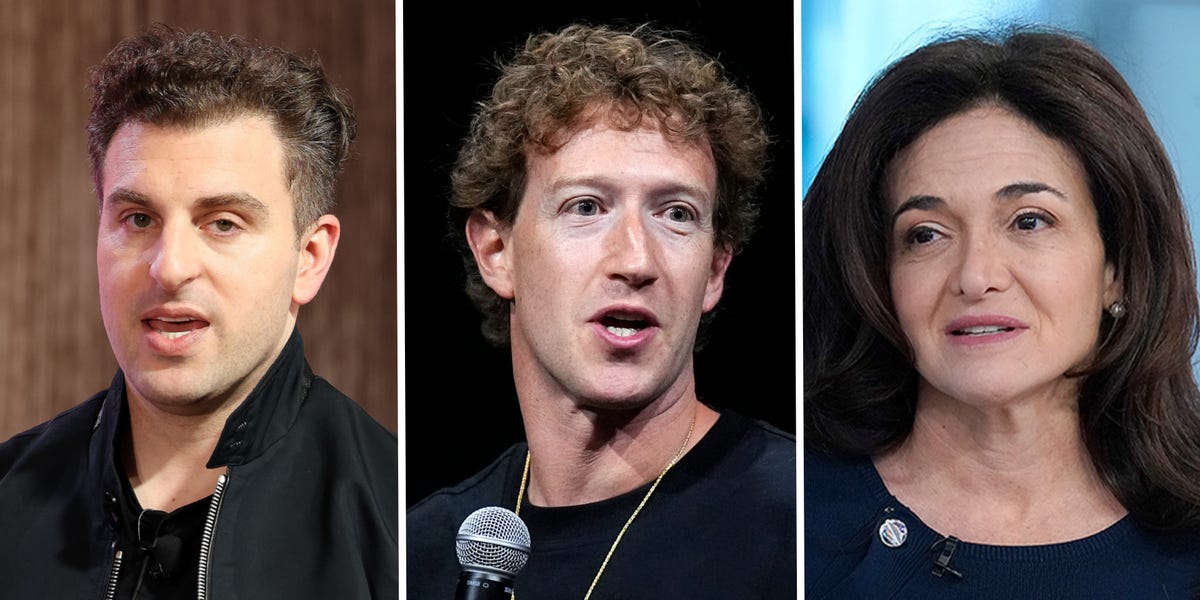The Viral Gen Alpha Slang: Why '6-7' and '41' Are Driving Adults Crazy

Decoding Gen Z's Cryptic Number Slang: The Viral Language of Brainrot
If you've scrolled through social media lately, you might have noticed a peculiar trend: Generation Z spontaneously shouting out seemingly random numbers like "6-7" and "41". But these aren't just arbitrary digits—they're part of a complex, internet-driven linguistic phenomenon known as "brainrot".
These numbers are more than just meaningless sounds. They represent a unique form of digital communication, a secret code that reflects the rapid, meme-driven culture of young internet users. Each number carries its own inside joke, cultural reference, or absurdist humor that resonates within online communities.
What might sound like nonsense to outsiders is actually a sophisticated form of social shorthand, allowing Gen Z to communicate complex emotions and experiences through seemingly random numerical expressions. It's a linguistic rebellion that challenges traditional communication norms and celebrates the chaotic creativity of internet culture.
Welcome to the world of brainrot—where numbers speak louder than words, and meaning is found in the most unexpected places.








